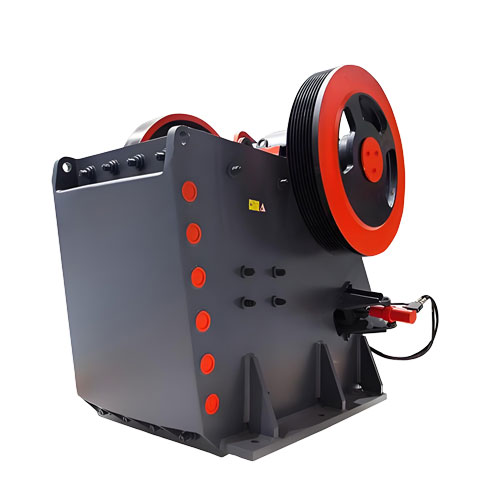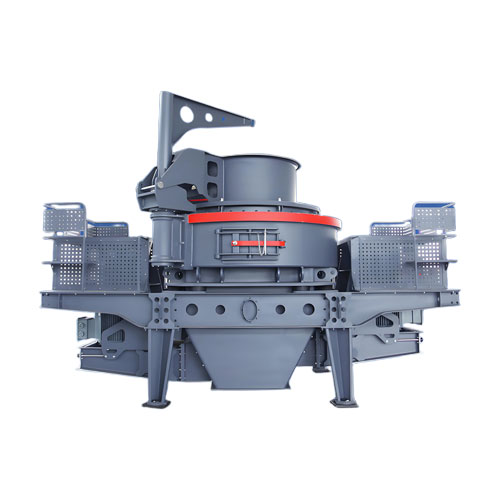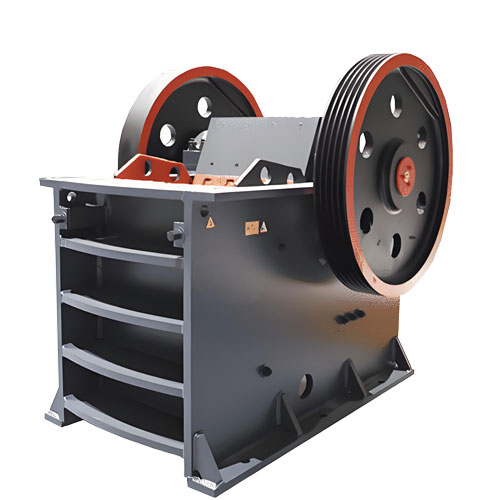How does a rock crusher work?
If you’ve ever wondered how a rock crusher works, you’re not alone. Rock crushers are powerful machines that break down large stones into smaller gravel, sand, or dust for construction, mining, and landscaping. In this guide, we’ll explain the rock crusher working principle, different types of crushers, and their key applications.

What Is a Rock Crusher?
A rock crusher is a machine designed to reduce large rocks into smaller pieces, gravel, or rock dust. Crushers are essential in mining, construction, and aggregate industries, helping process materials for roads, concrete, and other uses.
How Does a Rock Crusher Work? – The Basic Principle
Rock crushers apply mechanical force to break rocks into smaller fragments. The crushing process typically involves:
-
Feeding – Large rocks are loaded into the crusher’s chamber.
-
Crushing – Mechanical force (compression, impact, or shear) breaks the rock.
-
Screening (Optional) – Some crushers include screens to separate different-sized particles.
-
Discharge – Crushed material exits the machine at the desired size.
Types of Rock Crushers & How They Work
1. Jaw Rock Crusher (Primary Crushing)
-
How It Works: A fixed jaw and a moving jaw compress rocks between them, breaking them into smaller pieces.
-
Best For: Hard, abrasive rocks like granite and basalt.
-
Output: Coarse to medium-sized gravel (1–6 inches).
2. Impact Crusher (Secondary Crushing)
-
How It Works: Rocks are thrown against hard surfaces (hammers or breaker plates) at high speed, shattering them.
-
Best For: Softer rocks like limestone and recycled concrete.
-
Output: Medium to fine aggregates (0.5–2 inches).
3. Cone Crusher (Tertiary Crushing)
-
How It Works: A rotating mantle inside a bowl-shaped chamber crushes rocks through compression.
-
Best For: Producing uniform, fine gravel for asphalt and concrete.
-
Output: Fine to very fine material (0.25–1 inch).
4. Gyratory Crusher (Large-Scale Primary Crushing)
-
How It Works: Similar to a jaw crusher but with a conical head inside a concave bowl.
-
Best For: High-capacity mining operations.
-
Output: Very coarse material (6+ inches).
5. Roll Crusher (Low-Friction Crushing)
-
How It Works: Two rotating rollers crush rocks by compression.
-
Best For: Soft to medium-hard rocks like coal and salt.
-
Output: Uniformly sized particles (0.1–1 inch).

Key Components of a Rock Crusher
-
Feed Hopper – Where rocks enter the machine.
-
Crushing Chamber – Contains jaws, hammers, or cones that break the rock.
-
Drive System – Motor or engine powers the crushing mechanism.
-
Discharge Conveyor – Transports crushed material away.
-
Adjustment Mechanism – Controls output size (e.g., jaw gap in jaw crushers).
Understanding how a rock crusher works helps you choose the right machine for your project. Whether you need a jaw crusher for primary crushing or an impact crusher for finer aggregates, each type has unique advantages.
Related Products
Inquiry
Please leave us your requirements, we will contact you soon.





